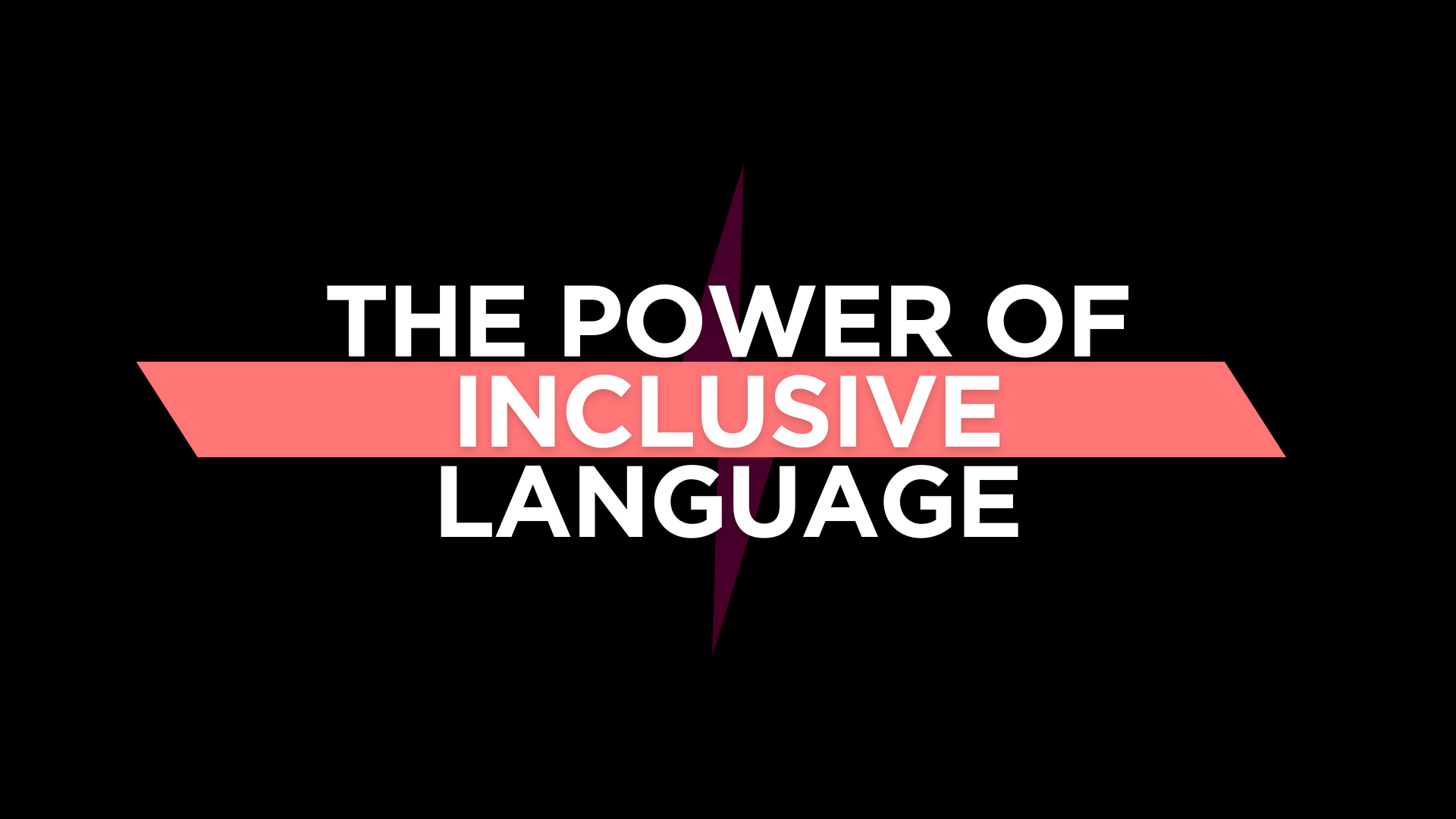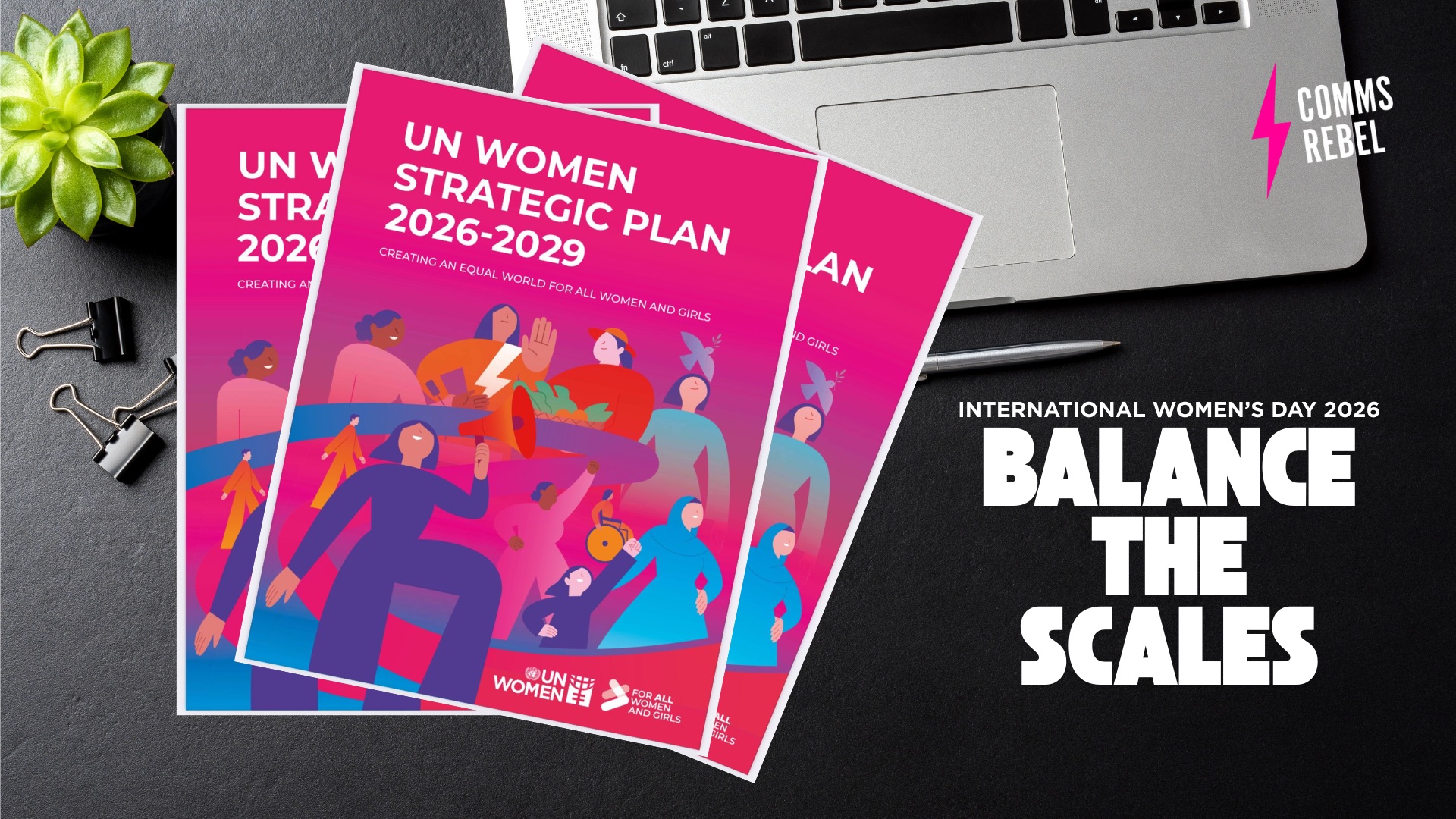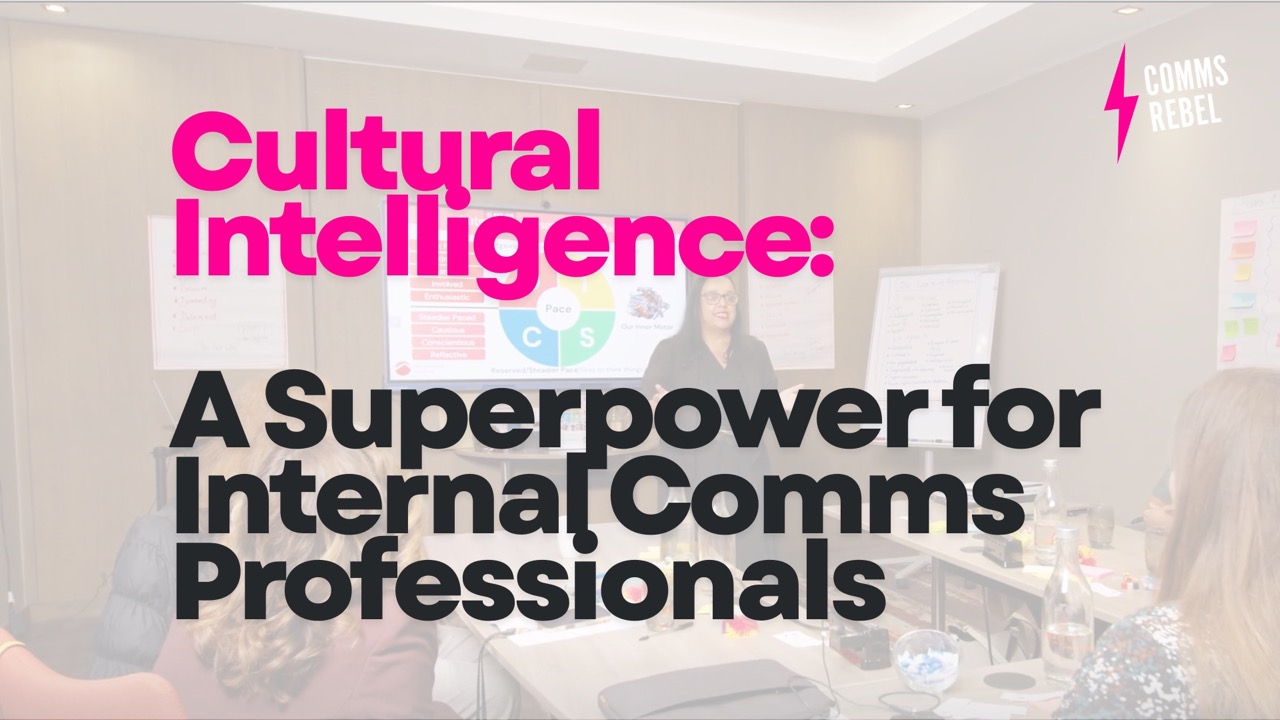Inclusive language is essential for creating an inclusive workplace culture. It can boost employee engagement and help people feel included in conversations and communications. However, using inclusive language takes conscious effort and continued learning from everyone within the organisation. As a communications professional, here’s how you can get started.
Imagine a meeting that begins with a team leader saying: “Hey guys, how’s everyone doing?”. It doesn’t seem out of the ordinary and yet the term ‘guys’ doesn’t feel quite right.
What is inclusive language?
Inclusive language is words and phrases that avoid biases, slang, and expressions that discriminate against people based on their identities. Think of it as bringing everyone into the conversation and treating them with respect. Using inclusive language can improve the overall effectiveness of communication across an organisation. However, this does not happen overnight—it takes conscious effort and continued learning to communicate without bias and discrimination, and it’s crucial that the whole organisation is on board.
Powerful words
Words and how they are used can be powerful. They can inspire, motivate, and persuade, but they can also cause harm, annoyance, and rage. In this example, the term ‘guys’ can alienate women and nonbinary people, which is exactly the opposite (we assume!) of what the leader is trying to do.
If employees don’t feel included in conversations and communications they may disengage and switch off. Understanding language and how it’s used within your organisation can help make a huge difference in how people belong and feel included.
How to get started with inclusive language
It can be challenging to spot language issues within your organisation, especially when you’re on the communications team. Try taking a step back to look at what’s happening. Are all your senior leaders from one demographic with similar lived experiences? If so, is their language influencing the way you communicate with others? Are you asking for feedback from your colleagues, including those who are underrepresented?
What’s the data telling you?
Quantitative data can be helpful, but it may not be enough to help you understand the full picture. Speak to people directly, consider hosting focus groups where the whole organisation can be part of the conversation, and ask them about communications and language. Why are certain words and language used to describe situations or people? Being curious, listening to feedback, and encouraging open and honest discussion will help break down boundaries, cultivate change, and help people feel included.
Be prepared to explain why
You may face some conflicts with inclusive language support, but difficult conversations shouldn’t stop this work from happening. Be prepared to explain the reason behind the focus on language. Why is it important to you, your leaders, colleagues, and the organisation? Everyone may have a different point of view in these discussions so it’s important to listen to what people tell you.
Remember, there’s no definitive answer to what inclusive language is. It will depend on many factors, such as context, country, and individual, but being curious, asking questions, and being respectful is a great starting point.
Create an inclusive language guide
An inclusive language guide can help employees understand what inclusive language means. Before you get started, consider its purpose. Spend time understanding your workforce, what matters to them, and what they need from the guide to allow you to create something meaningful. Remember a guide is not a rule book and intended to support everyone when making language choices and communicating.
Seven steps for workplace inclusion
- Get curious about your organisation
- Speak to a range of people from across the workplace for feedback
- Be open and listen to what they tell you
- Avoid performative measures
- Consider creating an inclusive language guide
- How can you lead by example? Think of stories and campaigns you share
- Encourage leaders to think about inclusive language in their communication
We are not the language police
It’s not our role to be the language police and tell people what they can and can’t say. As internal communications professionals, we can lead by example, influence and educate where we can through the stories we share and the campaigns we promote, and encourage our leaders to do the same.
For more support on using inclusive language, read Building a Culture of Inclusivity or contact CommsRebel—we’d love to help you!



